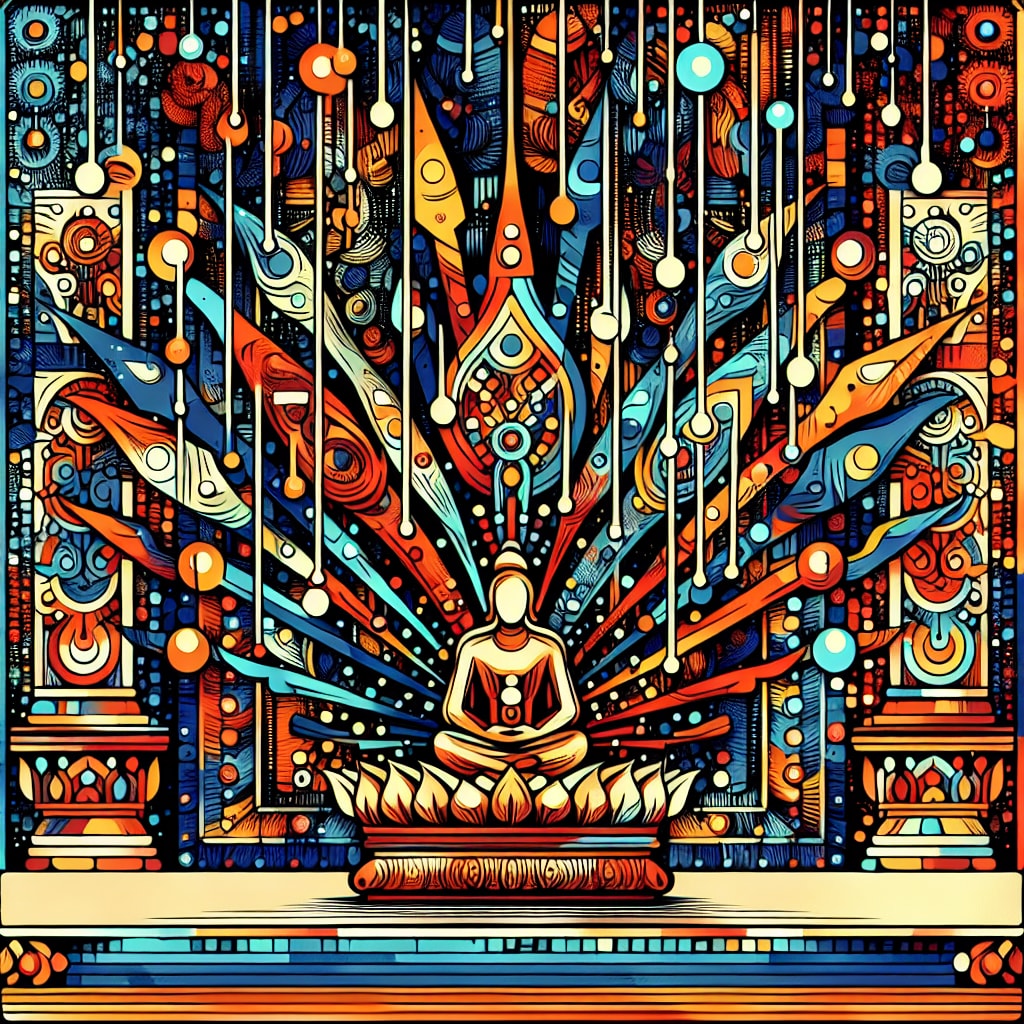Anuṣṭubh is an illustrious concept within the Mahabharata, Bhagavad Gita, and broader Sanskrit literature. In essence, Anuṣṭubh is a specific metrical system, a particular type of verse used extensively in Indian epic texts. It comprises a stanza of four lines (padas), each consisting of eight syllables, thus setting a precise rhythmic pattern for the compositions. Its presence is significant, as it plays a pivotal role in shaping the unique music and cadence of these classical works.
Historically, Anuṣṭubh has been crucial in transmitting the teachings of Bhagavad Gita and Mahabharata across generations. The Bhagavad Gita, revered as a 700-verse Hindu scripture that is part of the Indian epic Mahabharata, is primarily composed in the refined Anuṣṭubh meter. This verse-style in the Bhagavad Gita serves to format the profound dialogues between Prince Arjuna and Lord Krishna, thereby adding a melodic quality that encapsulates readers and listeners.
In the Mahabharata, Anushtubh is even more extensively used, contributing to the vast majority of the text. The Mahabharata's monumental scale - over 100,000 couplets- is built on the rhythm and pulse provided by the Anuṣṭubh metrical system. This isn't just for aesthetics, but it allowed the epic's transmission through recitation and helped in the memorization of these monumental texts.
The grandeur and simplicity of the Anuṣṭubh meter have not only left an indelible imprint on Sanskrit literature but have also influenced regional dialects and other Indian languages. This metric framework allows for tremendous expressive range making it a preferred method for conveying profound wisdom, moral lessons, or thrilling narrations throughout the age-old journey of Indian literature.

